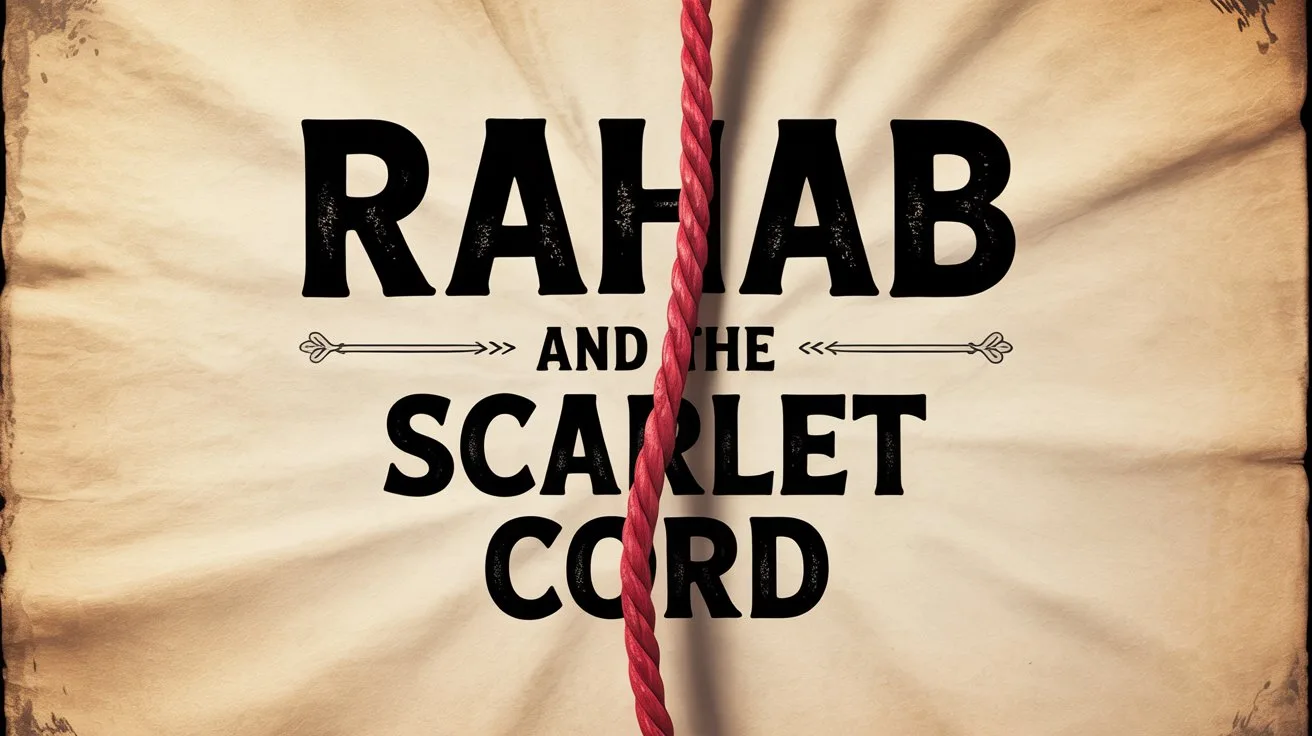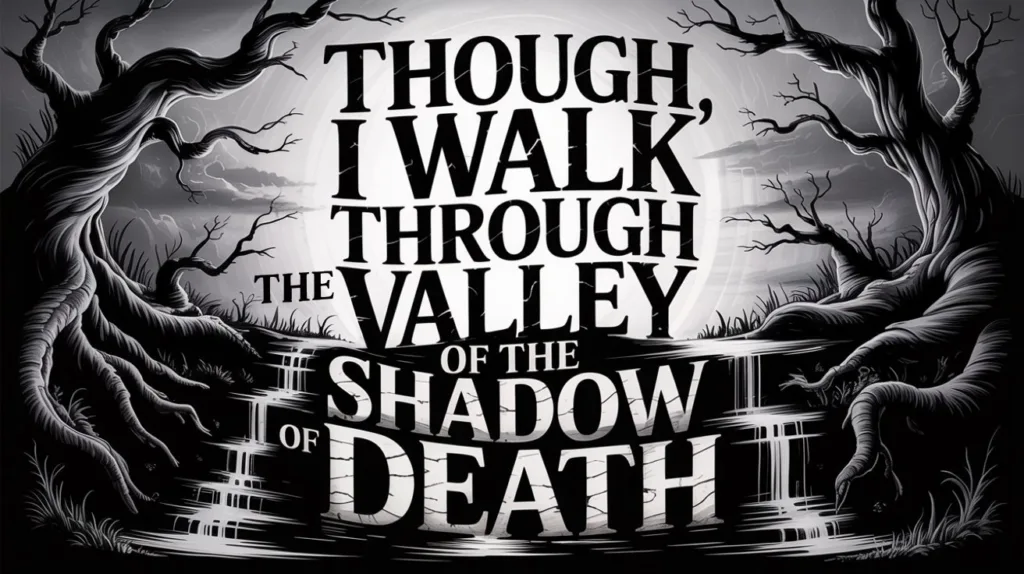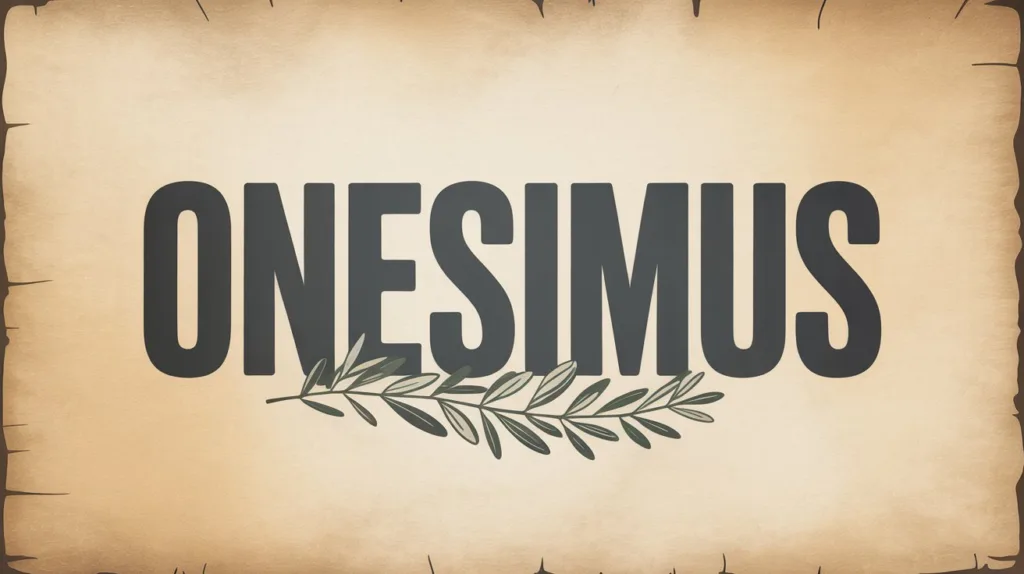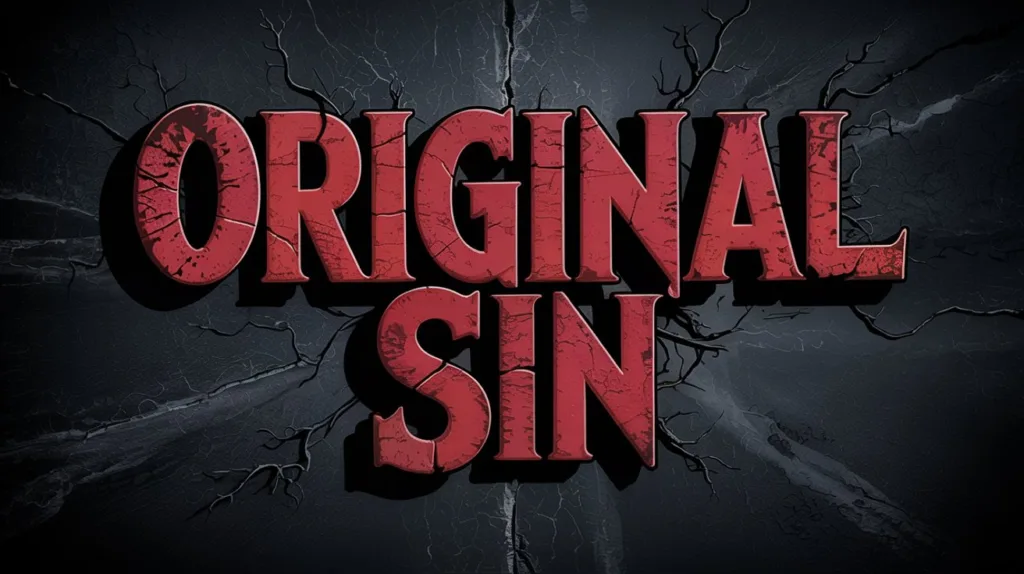Rahab’s scarlet cord is more than a signal in a window, it’s a powerful symbol of faith, grace, and the protective power of God under the blood of mercy. Her story weaves obedience, redemption, and covenant promise into Israel’s history.
Rahab: From Gentile Prostitute to Faithful Redeemed
In Joshua 2:1, we meet Rahab, a resident of Jericho described as a harlot. Spies sent by Joshua stay at her house. When the king’s men search for them, Rahab hides them and declares:
“I know that the LORD has given you the land, and that the terror of you has fallen on us… for the Lord your God, He is God in heaven above and on earth beneath.” (Joshua 2:9–11)
Her words reveal true faith in Jehovah. She recognizes Israel’s God as both real and saving, not merely a fabricated foreign deity.
The Scarlet Cord: A Mark of Protection
Rahab’s faith and obedience lead to a divine promise. She is told in Joshua 2:18–19:
“Bring down the scarlet cord that is in the window… And it shall be that whoever goes out of the doors of your house into the street, his blood shall be on his head; and we will be guiltless.”
The scarlet cord becomes more than a signal: it is her hope. It states that under this cord, lives are spared. Under it, Rahab’s household is marked as belonging to the people of God. Rahab obeys immediately. She lowers the cord, gathers her family, and brings them to the spies. Then she secures their oath:
“Our lives for your lives… And if you do not keep this covenant… then we will be guiltless.” (Joshua 2:14–16)
Her obedience and courage set her apart. Later, in Joshua 6:22–23, we see how the cord was obeyed; Rahab and her family were spared when Jericho fell.
Old Testament Symbolism of Scarlet and Blood
The color scarlet in Scripture often symbolizes purification through blood. Isaiah says:
“Though your sins are like scarlet, they shall be as white as snow.” (Isaiah 1:18)
Rahab’s scarlet cord points forward to the cleansing blood of Christ. It is a tangible sign of faith under which judgment is passed over her. Just as the lamb’s blood protected Israel in Egypt (Exodus 12), the cord protected Rahab.
Rahab in the New Testament: A Picture of Justified Faith
Rahab is commended in Hebrews as a woman of faith:
“By faith the harlot Rahab did not perish with those… because she had received the spies in peace.” (Hebrews 11:31)
James adds her as an example of faith and works:
“Was not Rahab the harlot also justified by works when she received the messengers and sent them out another way?” (James 2:25)
Her faith was not mere belief; it was lived out through her obedience and the sign of the scarlet cord.
Theological Implications of the Cord
The scarlet cord represents:
Sign of faith: Rahab believed before seeing salvation.
Protector of life: under the cord, life was saved.
Symbol of blood atonement: picturing Christ’s shed blood for sinners.
Covenant marker: a visible sign of Jehovah’s promise to one who believed.
In Christ, salvation is given to all who “trust in the Lord,” and under His blood we find protection and eternal life (Romans 10:9–13; 1 Peter 1:18–19; Revelation 7:9–14).
My Final Thoughts
Rahab’s scarlet cord is not just ancient history; it is living truth. She, being a Gentile and a sinner, placed her life and household under God’s mercy and was justified and protected. Her life prefigures the gospel: Christ’s blood reaches the humble, the fearful, the outsiders. He marks His people so that judgment passes over them, granting life where death waits.
May we, like Rahab, recognize our need, act in faith, and trust wholly in the blood that secures us.





 Get the book that teaches you how to evangelize and disarm doctrines from every single major cult group today.
Get the book that teaches you how to evangelize and disarm doctrines from every single major cult group today.